Credit Union High School Branch Teaches Financial Literacy Lessons
November 25, 2013

 OWATONNA MN � Will a high school student tune out a lesson if that lesson is being taught by a fellow student?
That was the question posed by the visit of Minnesota Department of Commerce Commissioner Mike Rothman when he came to Owatonna Tuesday morning to visit the Hometown Credit Union branch at Owatonna High School.
The visit was part of Rothmans statewide outreach tour focused on financial literacy and capability.
OWATONNA MN � Will a high school student tune out a lesson if that lesson is being taught by a fellow student?
That was the question posed by the visit of Minnesota Department of Commerce Commissioner Mike Rothman when he came to Owatonna Tuesday morning to visit the Hometown Credit Union branch at Owatonna High School.
The visit was part of Rothmans statewide outreach tour focused on financial literacy and capability.
The OHS branch of the credit union, which is run by student employees, is part of a long-standing tradition of the credit union to help educate students and give them building blocks for a future career in banking or finance.
The HomeTown Credit Union at OHS is relatively new just less than two years since its grand opening but the relationship between the credit union and the students of Owatonna has been going for decades.
"Weve been hiring interns from the high school to work at our other branches for the last 20 years," said Marian Murphy, vice president of business growth at the credit union. "They are trained and treated like any other staff member."
Students who work at the credit union in the high school arent confined to that branch alone. Many of them split their time between the one at the school, the two in Owatonna, or a third branch in Faribault.
The students working at the credit union at OHS work on a quarter-by-quarter basis, which allows more students to get hands-on experience. Currently, the credit union employs 12 OHS students.
The working experience, however, isnt the only way the students learn from having the credit union in their school. Business teachers Scott Pierce, Chad Ohl and Tate Cummins have used the credit union to teach their students about personal finance.
The basics balancing a checkbook or writing a check are covered, but the classes go deeper into the financial problems that students may face later on.
"We do an outstanding job of getting students ready for college so they can get a good job. But now we can teach them what to do with that first paycheck," said Pierce.
One of the ways the teachers prepare the students is by a class project involving buying a car. The students are tasked with finding out prices and payment plans. They then work those prices into a monthly budget that allows them to track expenses and paychecks.
The project has been so successful that students in the past actually have ended up buying cars based on the research they did and their own budgets.
"This program just makes sense," Commissioner Rothman said. "Its a good way for kids to start to learn about their finances."
A bonus to the students learning so much about finance and credit is knowledge that can help them avoid some of the common mistakes young adults make.
"Before I started working at the credit union, I thought a credit card was just free money I got to spend," said Kaitlyn Seykora, one of the credit unions student employees. "After working at the credit union I know now how much bad credit can hurt me in the long run. It could stop me from buying a house or a car."
That understanding summed up everything the teachers had been trying to say.
"None of us can really say it better than that," Ohl said after Seykoras comment. "I can tell the students that a million times and they wont learn it. But if its coming from Kaitlyn, they might accept it."
